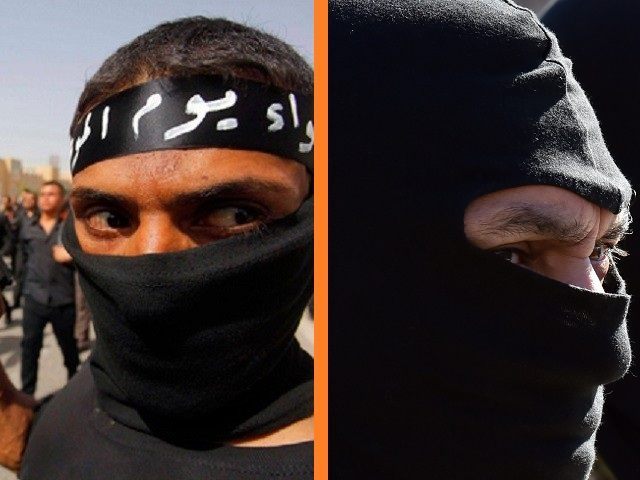The threat from so-called ‘lone wolf’ Islamic terrorists in Ireland has surpassed that posed by indigenous republican and Irish Republican Army (IRA) militants, for the first time in the nation’s history, according to Irish Police and Defence forces.
Sources inside the Gardai (the Irish Police force) and other security agencies have confirmed to The Irish Independent that they now consider Islamic extremism “far more serious an issue” than militant republicans, who historically used terror tactics to fight for a united Ireland.
The majority of the small number of killings in the past decade by the so-called Real IRA (RIRA) and Republican Action Against Drugs (RAAR) – who merged with the RIRA in 2012 – have been petty retaliations against rival groups or targeted killings of drug dealers.
The Gardai sources suggested that the remaining so-called “dissident” republicans are using a terrorist identity primarily as cover for other criminal activities. Many RIRA or ‘Continuity’ IRA members are involved in fuel and tobacco smuggling, they said.
The Muslim community in Ireland now numbers around 50,000, and there have been two arrests of suspected radicals since January. Many of the major Islamic centres in Ireland are said to be linked to the Islamist organisation, the Muslim Brotherhood. Sources told The Irish Independent that there is radical preaching in some mosques.
Just last month, a protest to oppose Islamic State (IS) in Dublin attracted just 50 participants and “divided” the Muslim community. The imam who organised it said Muslim youths told him; “No [we will not attend], we hate Westerners, we are Isis.” He estimated there to be at least 100 extremists already in Ireland, and said that a “small minority” of Irish Muslims are sympathetic to IS.
The sources confirmed that there is now “close” Gardai Special Branch co-operation with other national intelligence agencies, particularly American and British, to spot home grown IS cells. Their efforts are said to be focused on “cyber counter-terrorism.”
Since the emergence of the IRA in 1922, and particularly through “the Troubles” in the ’60s, ’70s, ’80s and ’90s in which over 3,500 people died, militant Irish Republicanism was the greatest terror threat to domestic British security. This acknowledgement that, even in Ireland, Islamic terror in the form of the lone wolf attacker is now a greater threat is of no small historical significance.

COMMENTS
Please let us know if you're having issues with commenting.